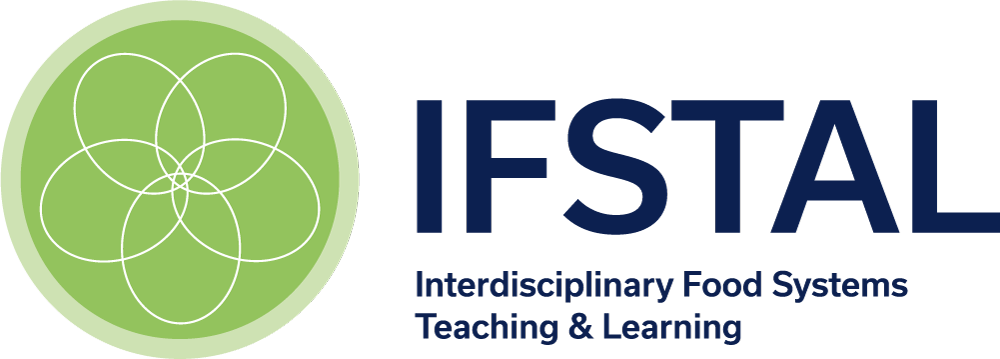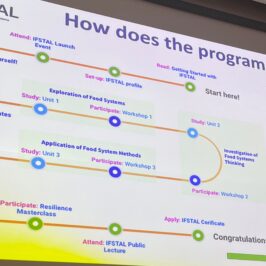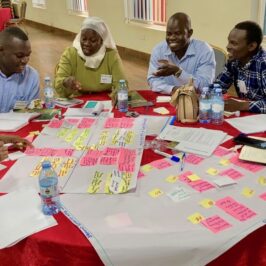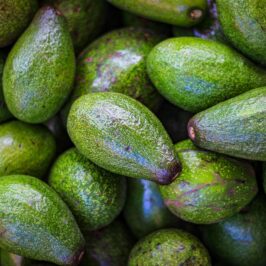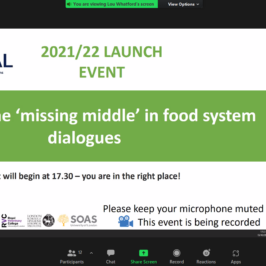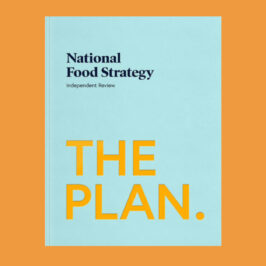By Dr Kelly Reed, IFSTAL Education Coordinator, University of Warwick.
On Friday the 10th February 2017 Carolyn Steel paid a visit to the University of Warwick to give a lecture entitled ‘How Food Shapes our Lives: Hungry Cities and Beyond?’. Carolyn is an architect, lecturer and writer. Her chief interests lie in exploring the inner lives of cities, and her work has focused on developing a lateral approach to urban design that looks at the everyday routines that shape cities and the way we inhabit them.
So how do you feed a city? Carolyn discussed the history of agriculture and urbanism starting from about 10,000 years ago in the Fertile Crescent, where two extraordinary inventions, agriculture and urbanism, happened roughly in the same place and at the same time. She explained that agriculture and cities are bound together and need each other. In Rome a million citizens lived there by the first century AD and this was made possible by Rome’s access to the sea that allowed food to be imported from great distances.
London too developed around food and Carolyn revealed street names such as Bread Street which highlights how cities were shaped by food before the industrial age. The arrival of the railway changed this as food could be brought into cities more quickly and this started a process by which cities became separated from nature and food production.
In order to combat these systemic failings Carolyn explained the concept of ‘Sitopia’ from the ancient Greek, “sitos” for food, and “topos” for place. She explained that we live in a world shaped by food, and if we realise that, we can use food as a really powerful tool to shape the world differently.
